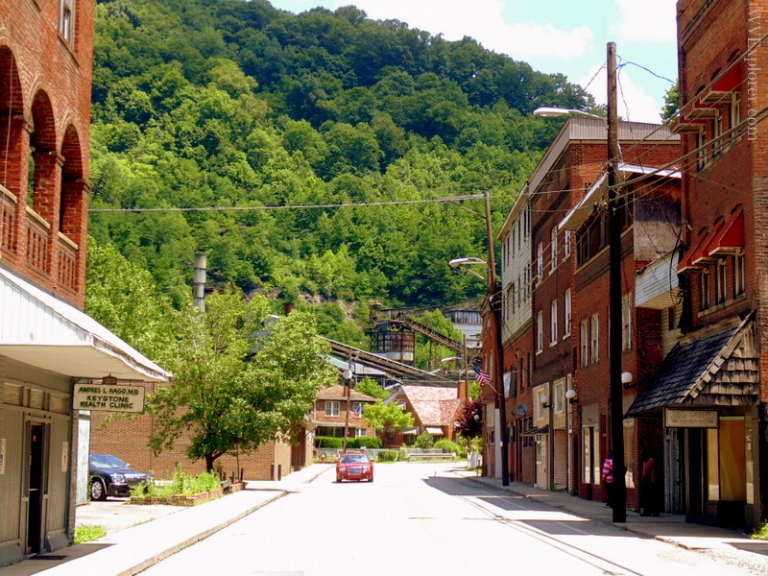
Politicians and pundits will tell you that the past three years may have been a renaissance for the U.S. economy. Unemployment is down. Wages are up. And tax burdens have been reduced. What they seldom mention is who benefits most from the major changes in tax policies and the uptick in economic output. What is the economic outlook for 2019 in West Virginia and how will it affect the state's working class?
Conditions for working-class families
Phrases such as "trickle-down economics" and the "stagnant middle class" have long been used to describe conditions faced by working-class families. The Pew Research Center recently released a study that points to a slowdown for working-class Americans.
In the report, it points out that median income for lower and middle-income Americans has remained unchanged since 2000. Only upper-income households saw their income rise during this period. The report also points out that income disparity between these groups has been on an upward trajectory since the 1970s. This means more and more families may find themselves unable to make ends meet on their existing income and may be forced to turn to second jobs, installment loans, and other forms of short-term help to pay the bills.
Other economic indicators point to the fact that working-class families continue to struggle. For much of the past decade, jobs created were largely low paying, as manufacturing and other higher skilled positions left the country. In 2017 the number of manufacturing jobs created hit a 23 year high, but those numbers do not tell the entire story, as manufacturing output has declined to its lowest level since 2008. Corporations and investors are more focused on output since the output is where profits originate.
Increased stock volatility
Since the recession of 2008, stocks have returned to near anticipated levels of return. In 2016 stocks returned 11.9 percent. In 2017, the return was even higher at 25%. Politicians and pundits pounced on these numbers as good news the American economy was roaring back. The part they leave out now is in discussing the situation today.
2018 has been a roller coaster for stock prices, largely due to disappointing earnings estimates from companies that bet on tax cuts and trade policies they initially viewed as being more favorable for American companies. Recent tax cuts have put more money in consumer pockets however inflation and the cost of basic goods and services have taken back whatever benefit the tax cuts provided.
Higher tariffs and threats of higher tariffs have given way to the realization that our trading partners will retaliate with higher tariffs of their own. The result has been companies sitting on higher inventory and being forced to lay off workers they hired over the past few years.
Economic outlook for 2019
The economic outlook for 2019 is mixed, though nearly all analysts predict volatility. The Wall Street Journal reports that profit growth should continue but at a slower pace. Questions about what the inflation rate will be, and if the Fed's recent rate hikes were effective in tamping down inflation, will play a significant factor in where the economy goes in 2019.
What might this mean for the working class? Nearly 80 percent of the country admits to living from paycheck to paycheck and having less than $1000 available for emergencies.
For working-class West Virginia families on a budget, uncertainties mean continued inflation and wage stagnation in 2019. They see the recent dip in stocks as an indicator of rough times ahead. For the working class, 2019 could very well be more of the same or worse, a shrinking of the economy with lower wages and higher prices.




























